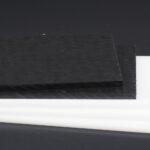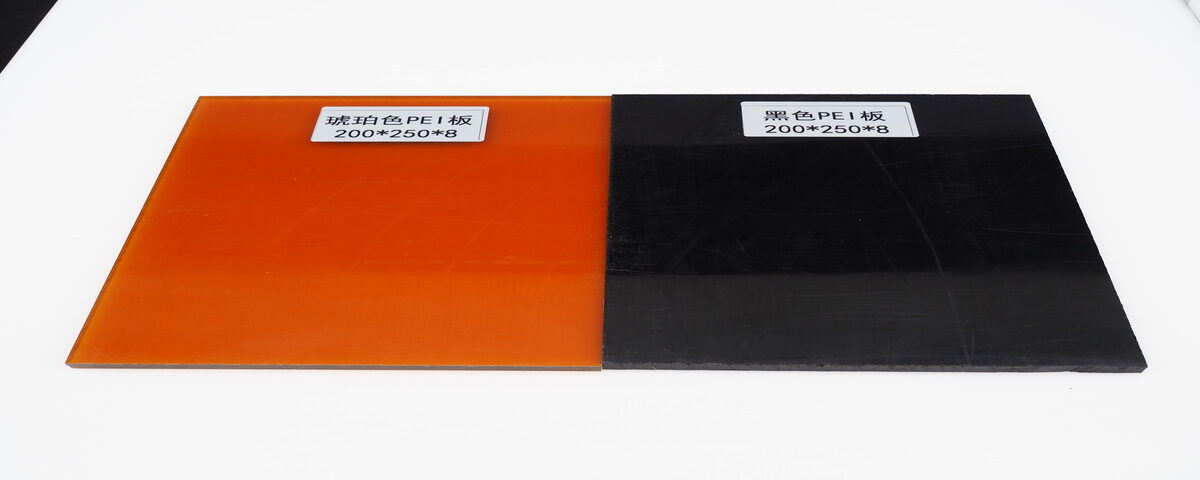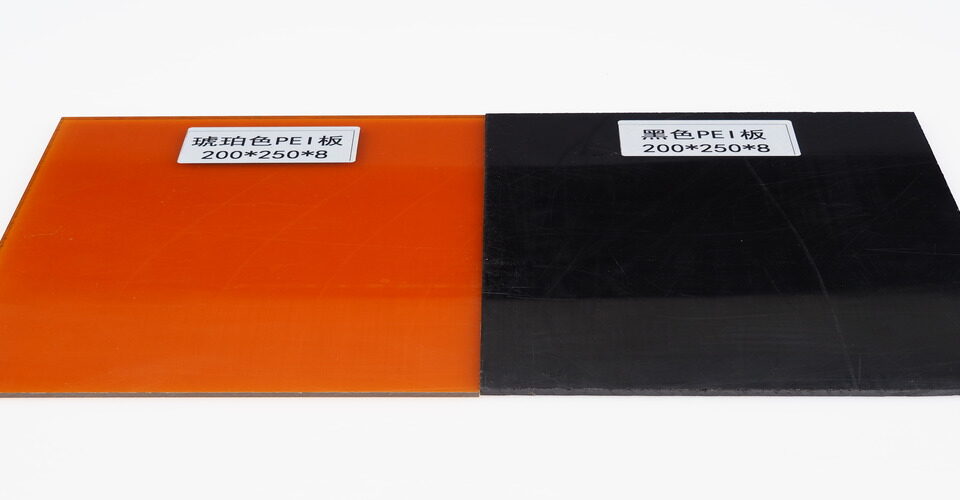
What is the use of PC plastic?
February 5, 2025
What is the use of POM sheet?
February 5, 2025Polyetherimide (PEI) is a high-performance thermoplastic known for its excellent mechanical properties and thermal stability. One of the key factors that make PEI suitable for demanding applications is its ability to withstand high temperatures. Let’s break down the operating temperature of PEI and its performance characteristics.
Typical Operating Temperature of PEI
- The continuous service temperature of PEI typically ranges from -50°C to 170°C.
- Short-term exposure to higher temperatures can be tolerated, with some grades of PEI capable of withstanding up to 200°C for brief periods.
Why Is PEI Temperature Resistant?
PEI’s excellent thermal stability can be attributed to its molecular structure, which contains imide groups that provide resistance to high temperatures. This allows PEI to maintain its strength and dimensional stability even in challenging environments.

Use of PEI at High Temperatures
- PEI is commonly used in industries such as aerospace, automotive, and electronics where high temperatures are a regular concern.
- Thermal cycling resistance: PEI can withstand frequent temperature fluctuations without compromising its mechanical integrity.
- Electrical insulation: It remains effective as an electrical insulator even at elevated temperatures, making it ideal for electronic components.
Limitations of PEI at Extreme Temperatures
While PEI performs well in high-temperature applications, exposure to temperatures above 200°C over extended periods can lead to degradation, reducing its mechanical properties and thermal resistance.
Conclusion
In conclusion, PEI offers outstanding performance within its operating temperature range, making it a valuable material for high-temperature applications where other plastics may fail. Its ability to handle temperatures up to 170°C, with some tolerance to higher spikes, makes it an essential material for demanding environments.






